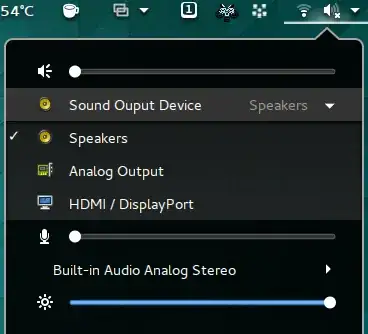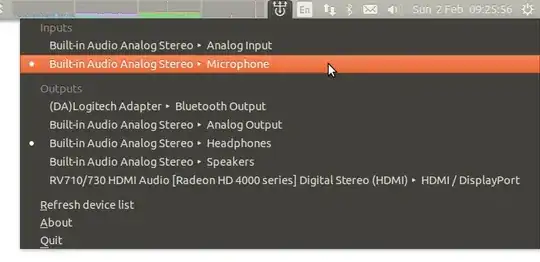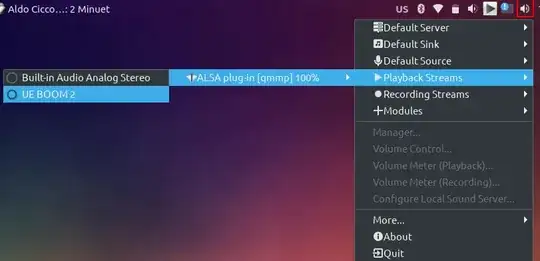I am using external USB audio card to handle speakers, also got the headphones connected to jack port. I need to switch them few times a day and getting extremely frustrated, as the only way I've found is:
- Open search tool.
- Type:
se. - Click on 'Settings'.
- Navigate to 'Sound'.
- Change output to desired one.
On Unity I could navigate to 'Sounds Settings' from the audio icon in the tray. No idea how to do that on GNOME. Other than this finding GNOME superior to Unity. Happy that Canonical made that move.


